Reportar esta entrada
Más sobre la misma comunidad-colección
Cardenas Produce and Groceries (verdulería y abarrotes)
In this photograph is Cardenas Produce. Cardenas Produce is ...
Cardenas Produce and Groceries (verdulería y abarrotes)
In this photograph is Cardenas Produce and Groceries, at 9294 ...
Cardenas Produce and Groceries (verdulería y abarrotes)
In this photograph is Cardenas Produce. Cardenas Produce is ...
La escuela secundaria Irvin High School - El Paso, Texas
Irvin High School is located at 9465 Roanoke St., El Paso TX ...
La escuela secundaria de Irvin High School
Irvin High School is located at 9465 Roanoke St., El Paso TX ...
Cardenas Produce and Groceries (verdulería y abarrotes)
In this photograph is Cardenas Produce. Cardenas Produce is ...
Rotulo de Haircuts (corte de pelo)
In this photograph is the Haircut place called $5.00 Haircuts, ...
Totally Clipped House of Hair (Casa de cabello totalmente recortado)
In this photograph is the haircut place, Totally Clipped House ...
Jeh-il Asian Grocery (abarrotes asiático)
In this photograph is Jeh-IL Asian Grocery, at 8305 Dyer St., El ...
Ontiveros & Sons Auto Mechanic Shop (Ontiveros e hijos auto taller mecánico)
In this photograph is Ontiveros & Sons Auto Mechanic Shop, at ...
Big Ben's Beer Depot (depósito de cerveza)
In this photograph is Big Ben's Beer Depot at 8440 Dyer St., El ...
Big Ben's Beer Depot (depósito de cerveza)
In this photograph is the Big Ben's Beer Depot at 8440 Dyer ...

















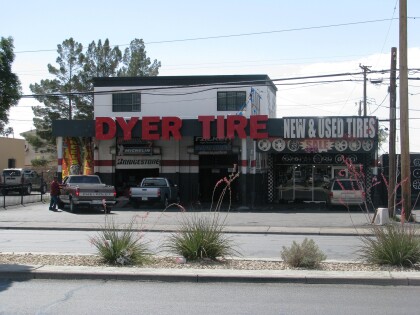
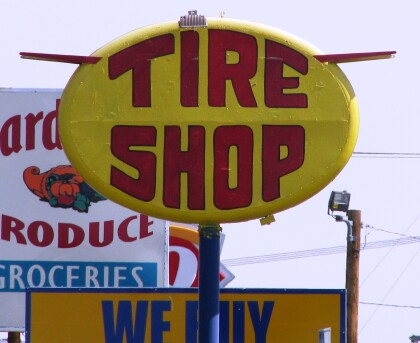
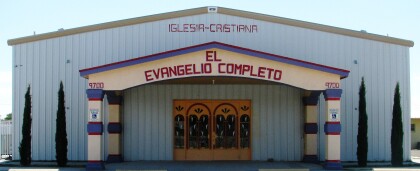
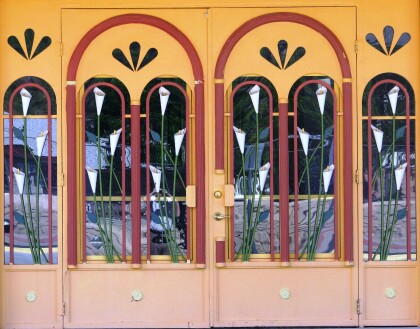
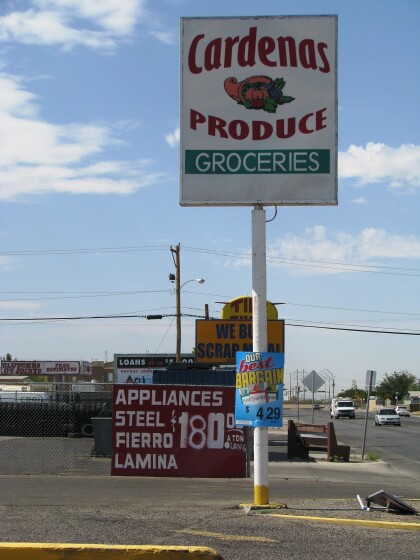
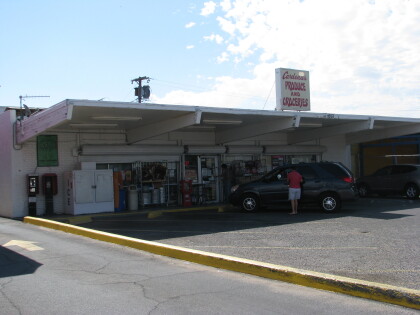
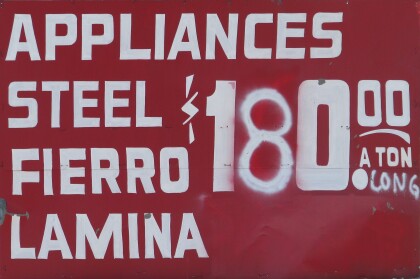
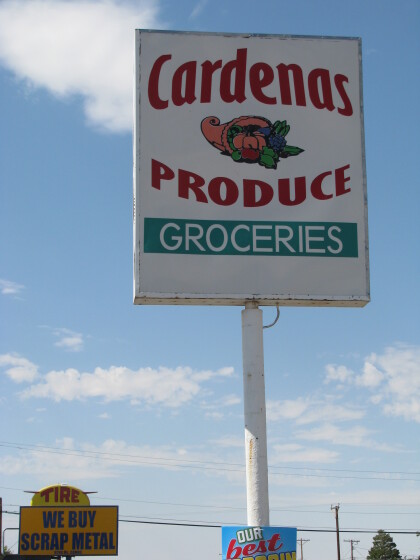
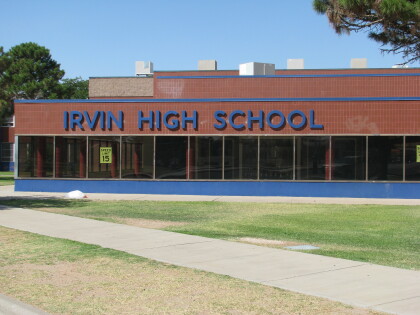
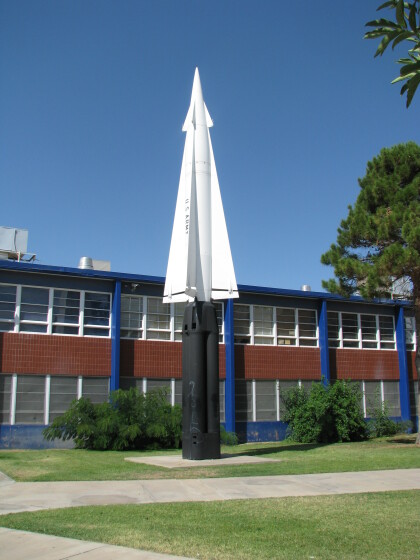
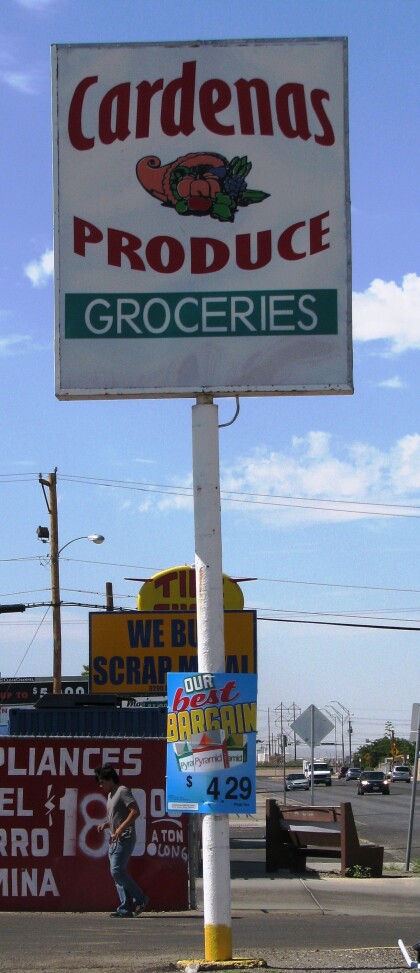


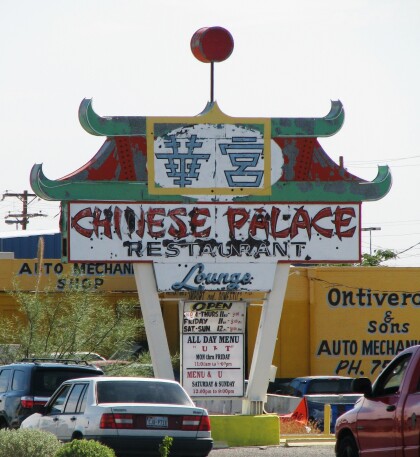
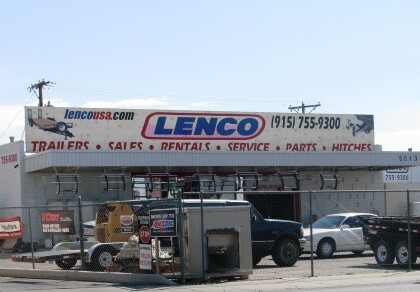
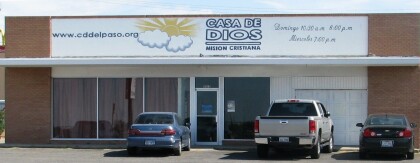
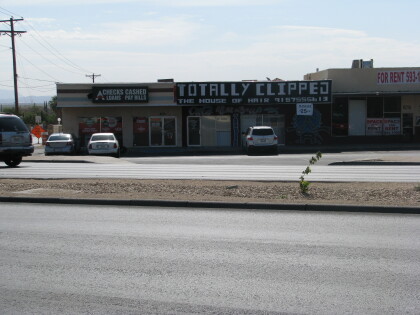


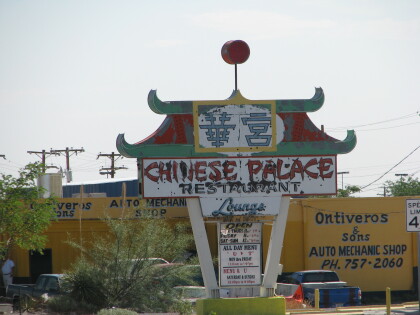
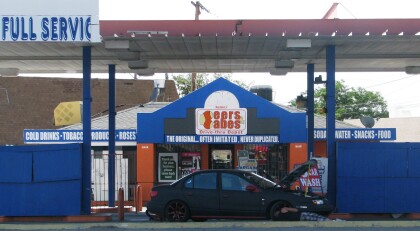
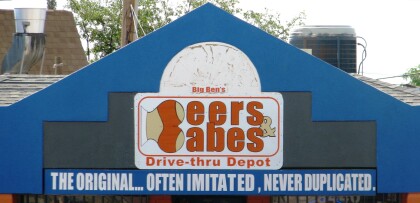
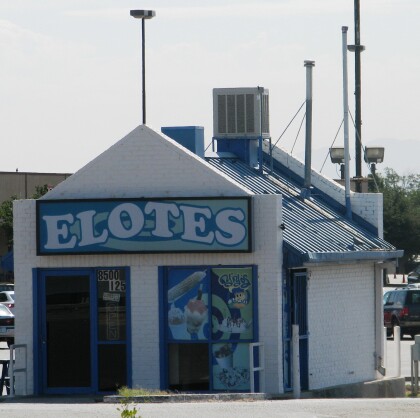
Comentarios
Hacer un comentario